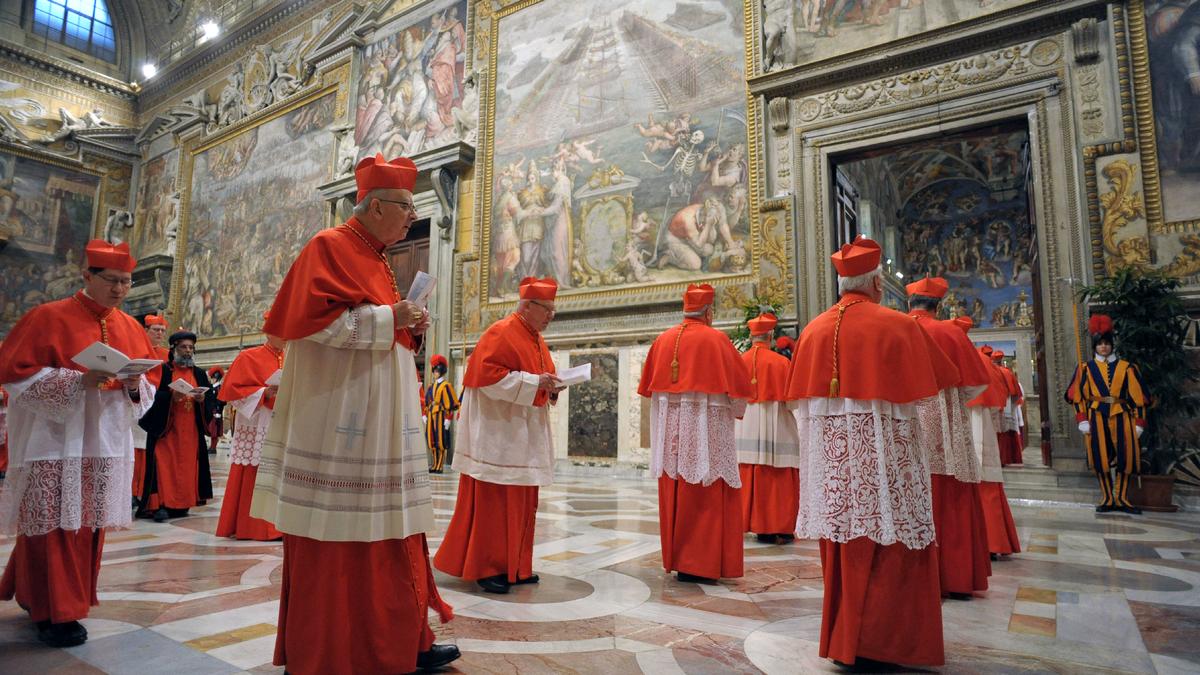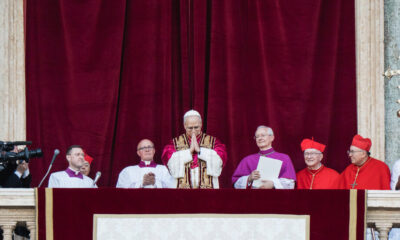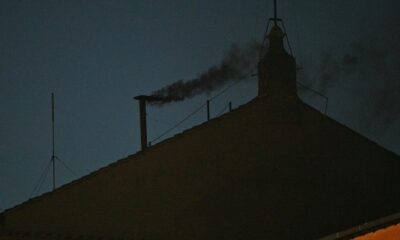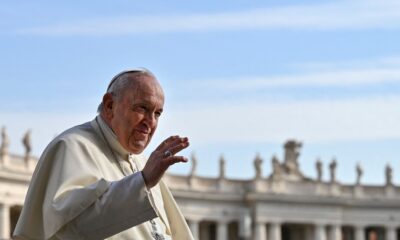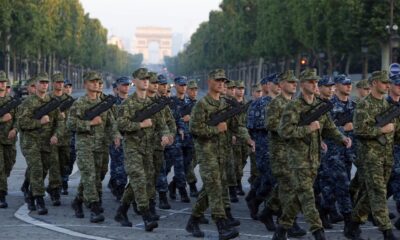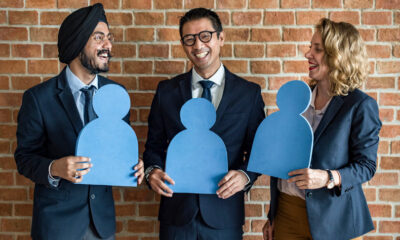Pope Francis, the first Latin American leader of the Roman Catholic Church, has died, the Vatican announced on Monday (April 21, 2025). With the Pope’s death, the clandestine process to elect the next pontiff bears varying significance for cardinals, priests, and Catholics across the globe.
Pope Francis death LIVE updates
The Guardian analysed in 2013 that for Cardinals the elections would imply their last chance at the highest post. For priests, the Pope would wield a “huge power over your life” should he choose to exercise it. “His policies will determine who your Bishop is, what are your chances of promotion, and whether you marry or be open about your sexuality,” the analysis read. As for Catholics, the analysis stipulated that whilst “little may change”, the incoming Pope “may inspire or disappoint you, but will have little power over your life unless you live in the Vatican City”.
The way forward in connecting to the world
At the onset, following the death or resignation of a Pope, the governance of the Catholic Church passes to the College of Cardinals. The College consists of bishops and Vatican officials from all over the world chosen by the Pope himself. They are recognised by their distinctive red vestments.

Thereafter, the cardinals hold a series of meetings in the Vatican City. These are called congregations. Therein, they prepare to hold elections in order to fill the vacancy at the papacy. This is to be done by summoning a ‘conclave’. The dean of the College of Cardinals is entrusted with the responsibility of informing cardinals about the death of the Pope and calling for the conclave.
Other than electing the new leader, the congregation also takes stock of the needs and challenges facing the Catholic Church globally alongside charting a potential way forward. These could entail anything from reaching out to cultures where the church may find itself at variance for social, economic or geographical barriers and/or managing relationships with other religions, among other issues. However, from an electoral perspective, the more poignant question of late at the congregation has been about the succeeding Pope being from an Italian descent or from a country of the developing or the developed world.
For perspective, Polish decent Pope John Paul II’s accession in 1978 folded a 39-year-old run of the Catholic Church being administered by members of Italian origin. Thereby, the position stayed with European members until Pope Benedict XVI’s resignation in 2013. Thereafter, moving to the Argentine Pope Francis I.

Important to note, the electoral college would only consist of cardinals under 80. Furthermore, according to the Vatican website, of the present 252 cardinals, only 135 would be eligible to vote. The majority of them come from Europe (53), then Asia (23), Africa (18), South America (17) , North America (16) and Central America and Oceania (4 each).
‘Habemus Papam’
Cardinals cast their votes in a secret ballot. Moving under the much-revered Michelangelo’s fresco of the Last Judgment, the cardinals drop a twice-folded ballot in a large chalice. Up to four rounds of voting are conducted every day — for as many days necessitated — until a candidate receives two-third of the total votes. Three pre-designated cardinals count the ballots aloud. In case a cardinal is able to gather the necessary votes, the process concludes with an announcement from the St. Peter’s Basilica: “Habemus Papam!” (We have a new Pope).

The announcement is preceded by the dean of the College of Cardinals seeking acceptance about the results of the election and thereby their succession. Thereby, after choosing a papal name, the victorious candidate dressed in papal vestment is presented to the public outside the church.
With large crowds outside anticipating the conclusion of the process, in case successor is successfully elected, the church burns the ballots of the final round with chemicals to produce a white smoke. This is done to signal successful conclusion before the formal announcement is made. In the other scenario, the ballots of the last round are burnt in a stove near the chapel with chemicals to produce black smoke.

The process does not bear a definite timeline for completion. As pointed out by the Politico, a conclave in the 13th century took about three years, while another in the 18th century concluded in four months. The most recent election of Pope Francis in 2013 took less than 24 hours and five ballots.
Elections, but not without the politics
The clergy elections in the past have not been without its politics. In a book-long interview with Spanish ABC daily’s Javier Martínez-Brocal, Pope Francis revealed behind the scenes of the 2005 conclave that culminated in the election of Pope Benedict XVI. The Associated Press in April 2024 carried a report about the book illustrating cardinals wanting to block the election of Pope Benedict XVI — then Cardinal Joseph Ratzinger of German descent. It held that the opposing faction managed to sway 40 out of then 115 votes into the then Argentine cardinal’s way. However, Pope Francis observed later that the manoeuvre was not in his favour, rather an attempt to keep away from a “foreign pope” — a non-Italian one. This was to reach its final end, as separately reported by Financial Times, by switching the Argentine’s votes to a third candidate.

Pope Francis stated that he put an end to the manoeuvring then by announcing that he would not accept being the Pope. Ultimately, Pope Benedict XVI was elected the Pope.
Published – April 21, 2025 08:14 pm IST

